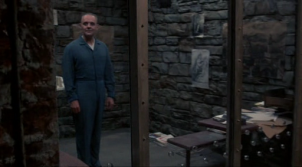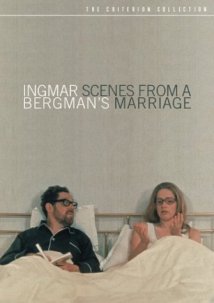
Music tends to receive more attention than other elements of the soundtrack. But, several scholars of film music have also highlighted dialogue’s musical qualities. In her analysis of Zero de Conduite (Jean Vigo, 1933), Claudia Gorbman provides a good example of how the rhythm of dialogue can be combined with other sounds for expressive effect. Characters speech is timed to intersect with that of a stream locomotive; the acoustic exchange suggesting they are bonding with their environment.
Don Fairservice explains how the presentation of images is somewhat determined by the less flexible timing of recorded sounds:
‘The performances that make up a scene contain speech rhythms that are fundamental to the editing process; they are the least changeable element.’
With its mixture of stresses and variations in pitch, speech (like music) contains its own rhythms and cadences. Screenwriter Christina Kallas similarly argues that musical components, particularly rhythm, is crucial to the screenplay. She stresses the importance of ‘beat’, both as a syncopated pause in the dialogue and as the rhythmic variety within a scene. According to her, the dominant character sets the tempo – the beat belongs to them and a change in it is determined by the change in their emotional state.
David Sonnenschein also argues that pauses and delivery of lines can create as much meaning as the words themselves. Throughout The Conversation (Francis Ford Coppola, 1974) a recording of the line, ‘He’d kill us if he got the chance,’ is repeated and implies the couple is in danger. At the end, the reading shifts from an emphasis on the word ”kill” to the word ”us”, changing the context of who is in danger, to reveal the couple are not the victims but the killers.
Walter Murch was responsible for both editing and sound design on the film, and it is ”regarded by many as much as the sound designer’s film as Coppola’s.” Murch describes how the two elements worked together to develop the film as both character study and murder mystery:
‘[I]t required a knife edge balance between the two, which are almost contradictory. If you have a murder mystery, the characters are normally subservient to the plot, something that Hitchcock was a master of. Ultimately The Conversation had to be both and there was struggle in the sound and the editing to find the edge and perch on it.’ (Quoted in Walter Murch – The Sound Film Man)
Crucially, it is Harry Caul’s flawed listening rather than any technical problem with the recording that cause him to come to the wrong conclusions. As J. Stoever Ackerman notes:
”Chasing him through fitful dreams and into confessional booths, the haunting phrase causes Caul to doubt his mission. He begins asking uncomfortable questions—who is paying him? To what end?—and goes on the hunt, obsessively rewinding the tape again and again trying to make some sense out of the voices he has captured as if their recorded traces were technological tea leaves. However, the faith he places in the tape recorder and in its ability to isolate, clean up, and amplify the truth is his ultimate undoing, causing him to ignore the human flaws of his own listening ear.”
References:
Don Fairservice, Film Editing: History, Theory and Practice; 273.
Claudia Gorbman, Unheard melodies: narrative film music (BFI Publishing, 1987)113-140
Christina Kallas, Creative Screenwriting; 146-7
David Sonnenschein, Sound Design: The Expressive Power of Music, Voice and Sound Effects in Cinema (Michael Wiesse Productions, 2001)
Play it Again (and Again), Sam: The Tape Recorder in Film (Part Two on Walter Murch)



















